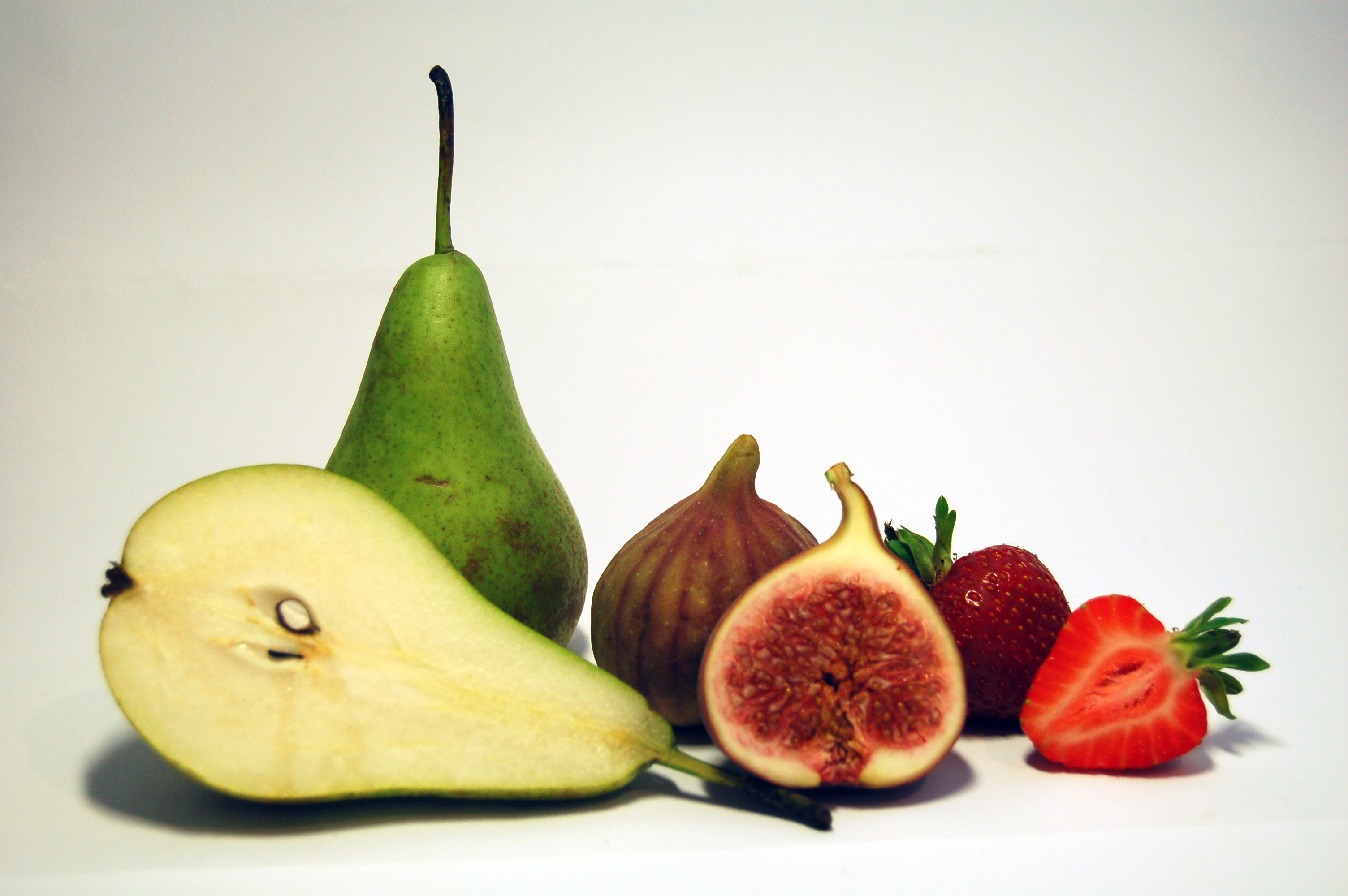Accessory fruit on:
[Wikipedia]
[Google]
[Amazon]
 An accessory fruit is a
An accessory fruit is a
 An accessory fruit is a
An accessory fruit is a fruit
In botany, a fruit is the seed-bearing structure in flowering plants that is formed from the ovary after flowering.
Fruits are the means by which flowering plants (also known as angiosperms) disseminate their seeds. Edible fruits in particu ...
in which some of the flesh is derived not from the floral ovary but from some adjacent tissue exterior to the carpel
Gynoecium (; ) is most commonly used as a collective term for the parts of a flower that produce ovules and ultimately develop into the fruit and seeds. The gynoecium is the innermost whorl of a flower; it consists of (one or more) '' pistils' ...
.Esau, K. 1977. ''Anatomy of seed plants''. John Wiley and Sons, New York. Accessory fruits are usually indehiscent
Dehiscence is the splitting of a mature plant structure along a built-in line of weakness to release its contents. This is common among fruits, anthers and sporangia. Sometimes this involves the complete detachment of a part; structures that op ...
.
Terminology
Alternative terms for accessory fruit are false fruit, spurious fruit, pseudofruit, or pseudocarp. These are older terms for accessory fruit that have been criticized as "inapt", and are not used by some botanists today.Examples
The following are examples of accessory fruits listed by the plant organ from which the accessory tissue is derived: *Hypanthium
In angiosperms, a hypanthium or floral cup is a structure where basal portions of the calyx, the corolla, and the stamens form a cup-shaped tube. It is sometimes called a floral tube, a term that is also used for corolla tube and calyx tube. It ...
-derived: pomes (e.g. apple
An apple is an edible fruit produced by an apple tree (''Malus domestica''). Apple trees are cultivated worldwide and are the most widely grown species in the genus ''Malus''. The tree originated in Central Asia, where its wild ancestor, ' ...
and pear
Pears are fruits produced and consumed around the world, growing on a tree and harvested in the Northern Hemisphere in late summer into October. The pear tree and shrub are a species of genus ''Pyrus'' , in the family Rosaceae, bearing the po ...
)
* Perianth
The perianth (perigonium, perigon or perigone in monocots) is the non-reproductive part of the flower, and structure that forms an envelope surrounding the sexual organs, consisting of the calyx (sepals) and the corolla ( petals) or tepals when ...
-derived: ''anthocarps'' of the Nyctaginaceae
Nyctaginaceae, the four o'clock family, is a family of around 33 genera and 290 species of flowering plants, widely distributed in tropical and subtropical regions, with a few representatives in temperate regions. The family has a unique fruit t ...
* Receptacle-derived: fig, mulberry, pineapple
The pineapple (''Ananas comosus'') is a tropical plant with an edible fruit; it is the most economically significant plant in the family Bromeliaceae. The pineapple is indigenous to South America, where it has been cultivated for many centuri ...
, and strawberry
* Calyx-derived: ''Gaultheria procumbens
''Gaultheria procumbens'', also called the eastern teaberry, the checkerberry, the boxberry, or the American wintergreen, is a species of ''Gaultheria'' native to northeastern North America from Newfoundland west to southeastern Manitoba, and sou ...
'' and '' Syzygium jambos''
Fruit with fleshy seeds, such as pomegranate
The pomegranate (''Punica granatum'') is a fruit-bearing deciduous shrub in the family Lythraceae, subfamily Punicoideae, that grows between tall.
The pomegranate was originally described throughout the Mediterranean Basin, Mediterranean re ...
or mamoncillo, are not considered to be accessory fruits.
Research
Current research has proposed that a single class of genes may be responsible for regulating accessory fruit formation and ripening. A study using strawberries concluded that hormone signaling pathways involvinggibberellic acid
Gibberellic acid (also called gibberellin A3, GA, and GA3) is a hormone found in plants and fungi. Its chemical formula is C19H22O6. When purified, it is a white to pale-yellow solid.
Plants in their normal state produce large amounts of GA3. It ...
and auxin affect gene expression, and contribute to the initiation of accessory fruit development. Metabolic modifications in different developing accessory fruit tissues are due to the varied distributions of compounds such as triterpenoids
Triterpenes are a class of chemical compounds composed of three terpene units with the molecular formula C30H48; they may also be thought of as consisting of six isoprene units. Animals, plants and fungi all produce triterpenes, including squale ...
and steroids.
See also
*Aggregate fruit A raspberry fruit (shown with a raspberry beetle larva) is an aggregate fruit, an aggregate of drupe">raspberry_beetle.html" ;"title="raspberry fruit (shown with a raspberry beetle">raspberry fruit (shown with a raspberry beetle larva) is an aggre ...
*Compound fruit The term compound fruit is not used in technical botanical writing, but is sometimes used when it is not clear which of several fruit types is involved. A compound fruit is "composed of two or more similar parts".
A compound fruit may be:
* An agg ...
* Multiple fruit
References
{{Fruits Fruit morphology